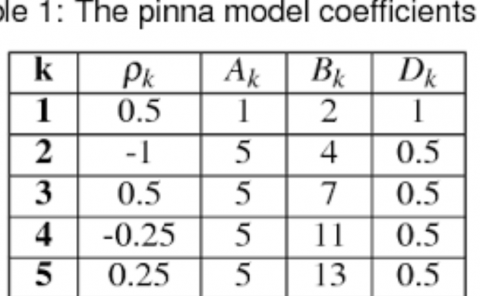Human Identification Using Neural Network-Based Classification of Periodic Behaviors in Virtual Reality
PubDate: August 2018
Teams: Simon Fraser University
Writers: Duc-Minh Pham

Abstract
There are a lot of techniques that help computer systems or devices identify their users in order to not only protect privacy, personal information, and sensitive data but also provide appropriate treatments, advertisements, or benefits. With passcode, password, fingerprint, or iris, people need to explicitly do some required activities such as typing their codes, showing their eyes, and putting their fingers on the scanners. Those solutions should be used in high-secure scenarios such as executing banking transactions and unlocking personal phones. In other systems such as gaming machines and collaborative frameworks, which aim to prioritize user experience and convenience, it would be better if user profile can be collected and built implicitly. Among those systems, virtual reality (VR) is a new trend, a new platform supporting not only fully immersive experience for gamers but also a collaborative environment for students, researchers, and other people. Currently, VR systems can track user physical activities via trackable devices such as HMD and VR controllers. Therefore, we aim to use virtual reality as our identification equipment. In virtual reality, we can easily simulate an invariant condition at any time so that people have larger probability to replicate their behaviors without any external affections. Therefore, we want to investigate if we could classify VR users based on their periodic interaction with virtual objects. We collect the position and direction of user’s head or hands when doing a task and build a classification model based on those data using convolutional neural network approach. We have done an experiment to explore the capability of our proposed technique. The result was motivated with the highest accuracy of 90.92%. Identification in VR hence is potentially applicable. In the future, we plan to do a large-scale experiment with a larger group of participants to examine the strength of our method.



